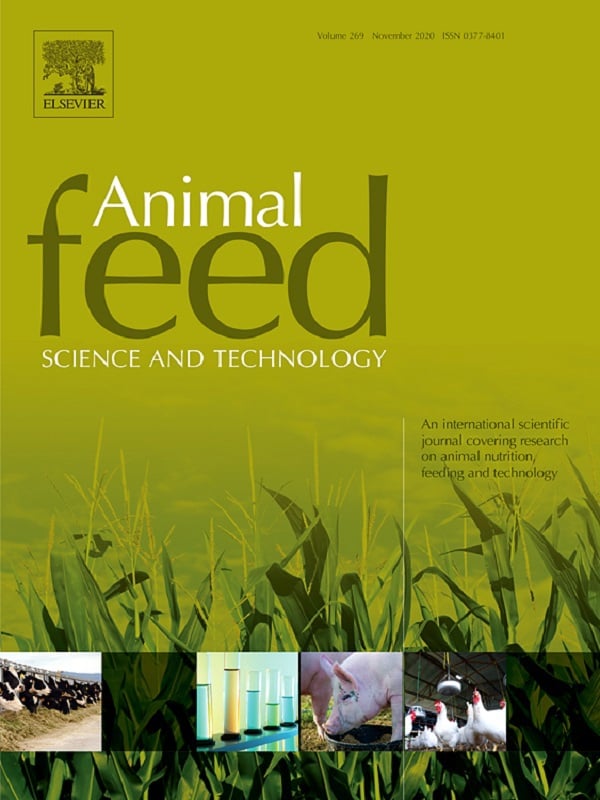Estimating the standardised ileal digestible tryptophan requirement of pigs kept under commercial conditions in the immediate post-weaning period
Animal Feed Science and Technology, January 2020. Vol 259: 114342
- Swine

Abstract
This experiment was conducted to determine the optimum standardised ileal digestible (SID) ratio of tryptophan (Trp) to lysine (Lys; Trp:Lys) for commercially housed pigs fed without a dietary antibiotic, but including pharmacological levels of zinc oxide in the immediate post-weaning period. The hypothesis tested was that pigs would positively respond to an increased SID Trp:Lys ratio with improved performance indices and lower levels of circulating biomarkers indicative of an inflammatory response. Forty-two pens were randomly allocated to 1 of 6 treatment groups with varied levels of calculated dietary SID Trp:Lys ratios (0.16, 0.18, 0.20, 0.22, 0.24 and 0.26). Male to female ratios were 3:4 in treatments with 0.16, 0.20, 0.24 SID Trp:Lys and 4:3 for treatments with 0.18, 0.22 and 0.26 SID Trp:Lys. A total of 2430 pigs (6.3 ± 1.09 kg; weaning occurred between 17–20 days (d) of age) were then allocated to 42 pens according to sex and a visual estimate of weight (medium and heavy). Pigs were weighed as a pen on d 1, 8 and 15. Diets were fed for 2 weeks after weaning. Blood samples were taken on d 5 and d 12, with C-reactive protein (C-RP) levels determined on d 5 and d 12 and haptoglobin and plasma urea (PU) levels determined on d 12. Based on analysed amino acid contents in the diets, calculations were made based on SID coefficients and the SID Trp:Lys ratios in diets 1–6 were corrected to 0.168, 0.182, 0.205, 0.211, 0.234 and 0.253. The greatest average daily gain (ADG) and optimal feed conversion ratio (FCR) during the overall 2-week period after weaning were achieved with pigs fed a diet with 0.234 SID Trp:Lys (P =0.05). Levels of C-RP showed a strong trend whereby pigs fed a SID Trp:Lys ratio of 0.253 had the lowest C-RP values and pigs fed a SID Trp:Lys ratio of 0.234 had the highest C-RP values (P =0.061). No differences were found for plasma levels of PU or haptoglobin (P > 0.05) between ratios, suggesting that pigs in the present trial were not under a significant inflammation challenge. Nevertheless, a dietary ratio of 0.234 SID Trp:Lys was found to optimise both ADG and FCR of weaned pigs.